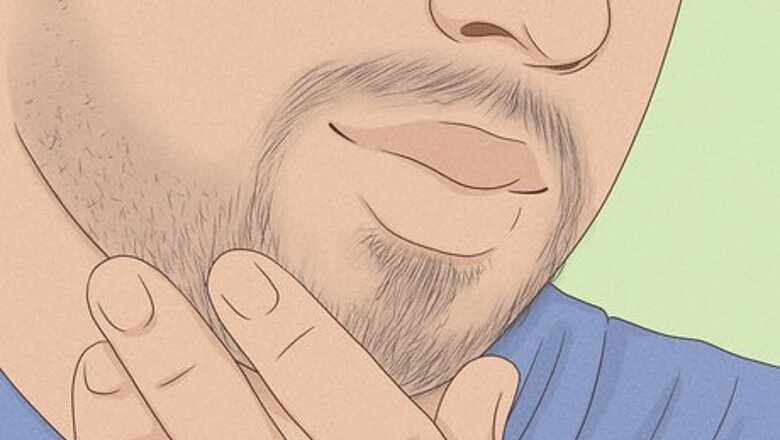
views
How fast does facial hair grow?
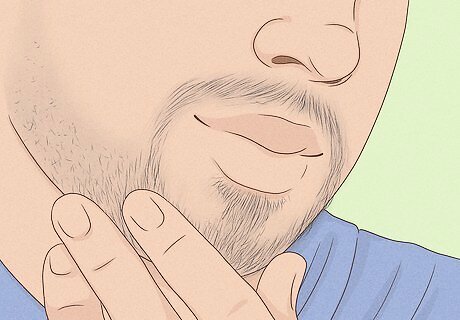
Facial hair grows 0.3 mm (0.012 in) to 0.5 mm (0.020 in) per day. This growth rate is similar to the hair on your scalp and it's pretty fast, all things considered. That's an average—how fast your particular facial hair grows depends on a lot of other factors, though, including your genetics, testosterone levels, and overall health. If you've got a few gray hairs that seem to grow faster than the rest of your facial hair, it's not just your imagination! White facial hair can grow twice as fast as pigmented facial hair.
How long will it take to get a full goatee?
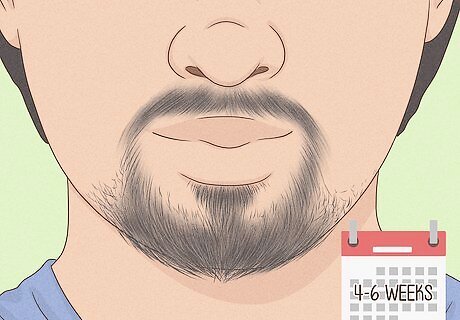
Expect it to take at least a month to get full coverage. It might take longer to get the exact goatee you're imagining, especially if you want it to be longer. But, generally speaking, you should have something that looks like a goatee within 4 to 6 weeks. Keep in mind that this has a lot to do with genetics and your overall health. Some men just aren't able to grow thick, full facial hair, no matter what they do. If you're a trans man, it can take around 2-3 months from when you start HRT (hormone replacement therapy) to get good facial hair growth.
Are there any ways to speed up the growth?
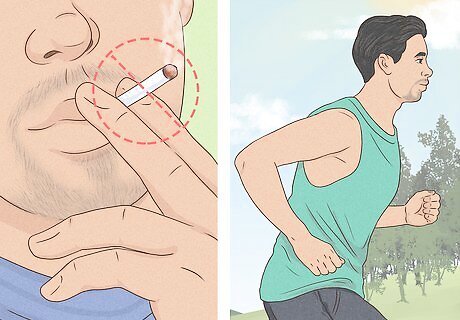
An active lifestyle and healthy diet can help max out your growth rate. There's nothing you can do to change genetics. At the same time, your diet and lifestyle impact your testosterone levels as well as your hair's growth rate. Here are some specific things that might help: Exfoliate the skin on your face to remove dead skin cells and improve circulation. If you smoke, try to quit. Exercise for at least 20-30 minutes most days of the week. Try meditation or deep breathing to reduce stress. Get at least 8 hours of sleep each night.
Can essential oils help stimulate hair growth?

Yes, there is limited evidence that peppermint oil stimulates hair growth. Dilute the peppermint oil in water (4 parts water to 1 part peppermint oil) and massage it into your skin after washing your face. This works best if you wait until you're starting to get stubble. Eucalyptus oil might also help your goatee grow faster. Dilute it the same way you would peppermint or any other essential oil. There are also beard oils that include essential oils, such as peppermint and eucalyptus, that stimulate growth.
Can you grow a full goatee as a teenager?

Yes, but its thickness depends on your genetics. The hair follicles in your face are triggered by changes in your testosterone levels when you enter puberty. If you enter puberty as a teenager, you'll likely grow facial hair. However, your facial hair continues to develop in thickness and coarseness until you are in your late 20s and early 30s. A goatee can be a good style for teenagers who can't grow a full beard just yet. Even if the hair on your cheeks and jawline is still patchy, you're more likely to get good growth on your chin. If you want a better idea of how your facial hair might look, talk to men on both sides of your biological family. Their beard growth is a pretty good indicator of what you can expect.
Does hair grow back thicker if you shave?
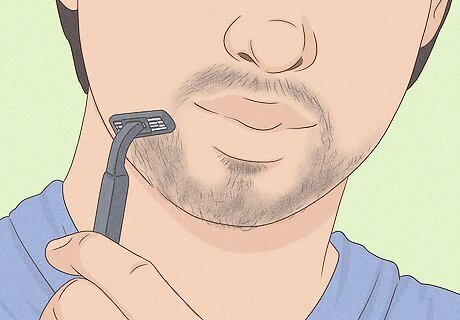
No, although it might feel like it does. Shaving your hair won't increase the number of hair follicles on your face—which is what's going to make your hair thicker. However, the blunted ends of the hairs may appear thicker and more coarse than the tapered ends of growing hair. If you shave every day for a week before you start growing out your facial hair, it will appear thicker because all of the hair is around the same length. This can help you achieve a thicker-looking goatee more quickly.
What products can help facial hair growth?
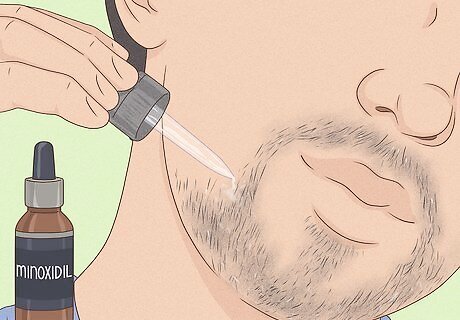
Minoxidil might help facial hair growth, but the evidence is anecdotal. Minoxidil is normally used to help regrow hair on the scalp and is primarily used to treat baldness. The product hasn't been tested for facial hair growth, so use this method at your own risk after talking to your doctor about it. Minoxidil can stimulate hair growth in some people, even where they've never grown hair before. This is why women are cautioned against getting any of the product on their faces to avoid unwanted hair growth. Some people, particularly trans men, have had good results using minoxidil for facial hair growth. At the same time, the density and thickness of your facial hair are ultimately dependent on your genetics. If you start using minoxidil, you generally have to continue using it. Once you stop, your new growth might fall out.


















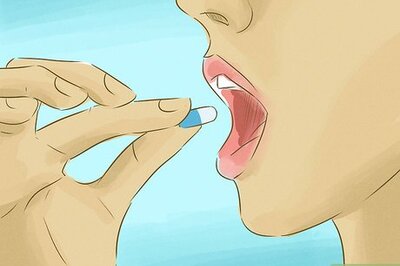

Comments
0 comment